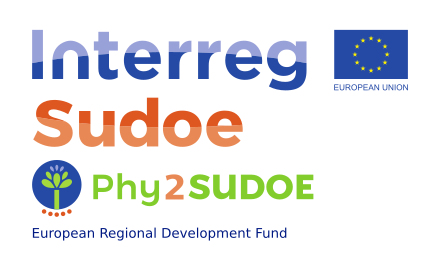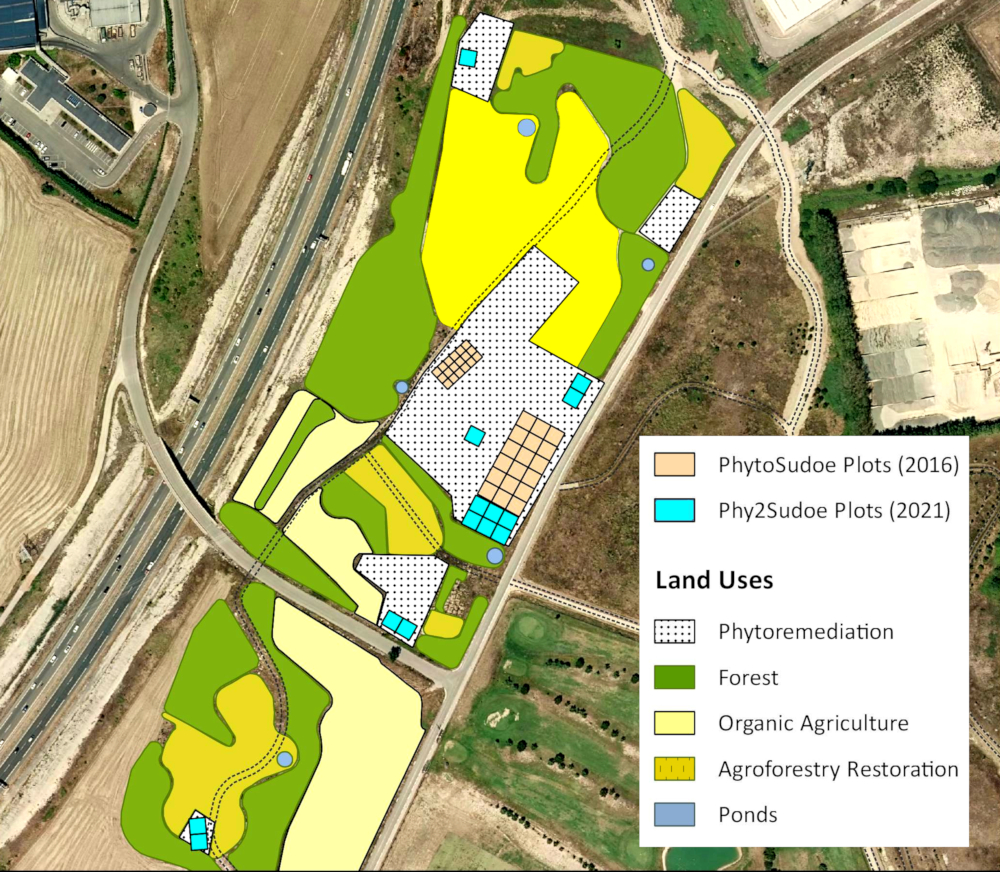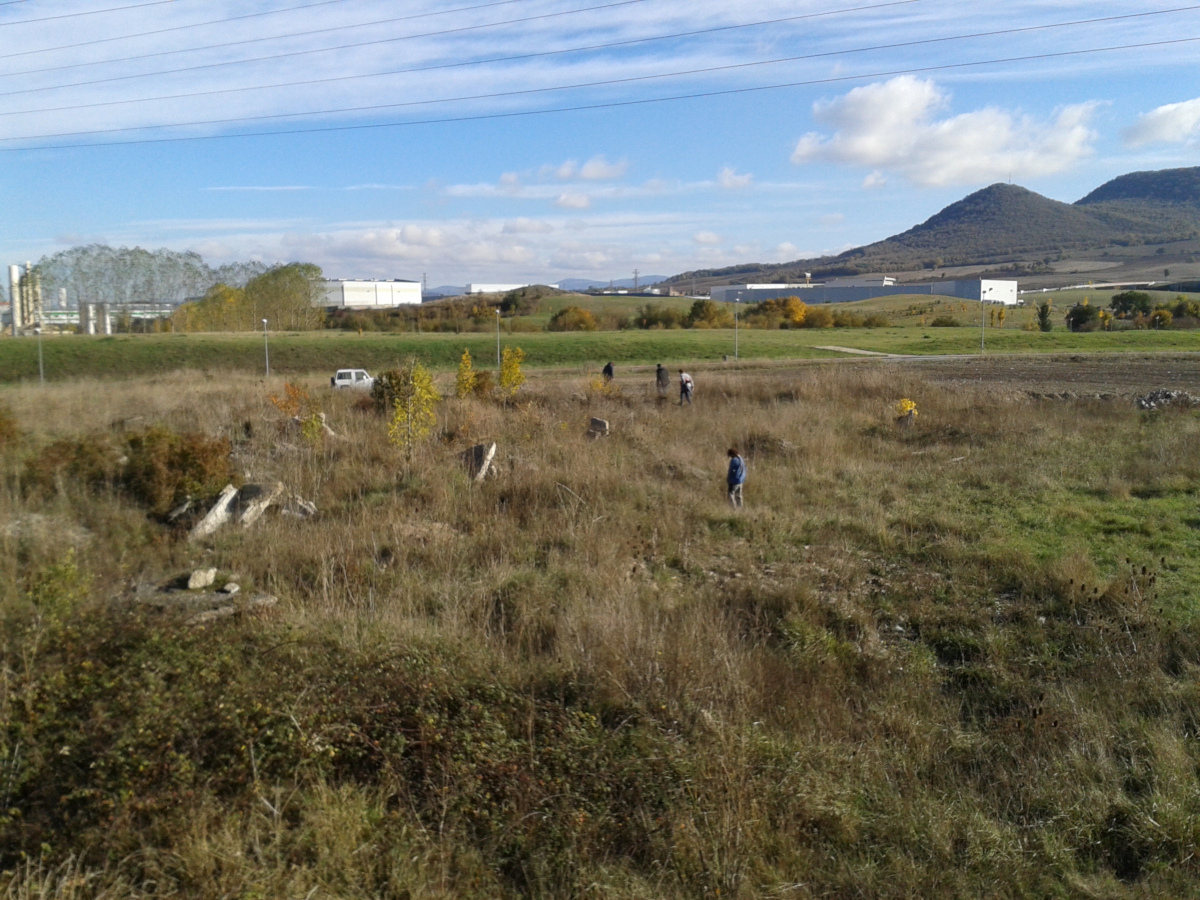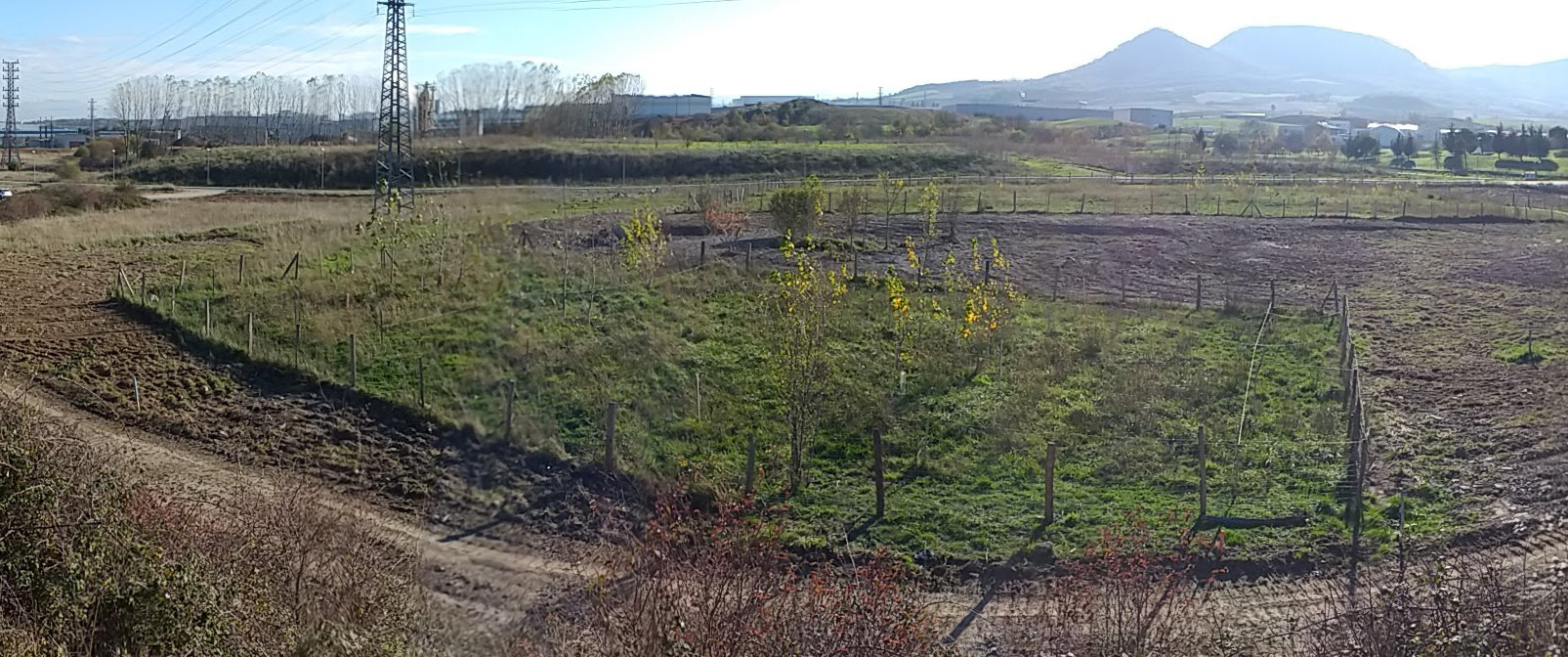Site “S-5”, Location: Ariñez (Vitoria-Gasteiz, Basque Country, ES) 42.8341742,-2.7518019
Brief description:
The surroundings of the industrial estate of Jundiz (West of Vitoria-Gasteiz) have experienced significant growth in the last decades. In many public lands adjacent to road infrastructures, the lack of use followed by uncontrolled landfills and illegal spills, have generated a series of degraded and contaminated plots that degrade the environmental quality and landscape.
Within the framework of the PhytoSUDOE project, work was carried out in 2016 on three municipal sites located on the outskirts of the Jundiz industrial estate in Ariñez, known as S5A, S5B and S6. The area, planned as an urban green area, was in a degraded state due to uncontrolled dumping and neglect, but is currently in the process of recovery to form a large green corridor called Mendebaldea. The pre-existing soils consisted of anthropic fills of different types and depths, mostly rocks and clean earth from excavation, on which construction and demolition waste was subsequently deposited, as well as numerous spillages of polluting waste.
Sites S5A and S5B were located in an area included in the Basque Catalogue of Potentially Contaminated Soils, on which an investigation of soil quality had previously been carried out. Field sampling and laboratory analyses carried out for their characterisation had detected the presence of pollutants at different depths, mainly lead, polychlorinated biphenyls and hydrocarbons.
After some preliminary work to remove surface waste, the land of the plots was levelled with machinery, compost was added on the surface as an organic amendment and 18 sub-plots were laid out for each site. After these operations the soil was analysed and it was found that in S5A the contamination levels had dropped to non-risky concentrations while in S5B the levels were higher. In both cases an agroforestry combination (poplar plantations and alfalfa planting without rotation) was established with part of the trees mycorrhizated with fungi to facilitate rooting.
During the PhytoSUDOE project, the soils and the physiological state of the plants were monitored and at the end of the project it was found that the contamination in both S5A and S5B did not exceed the admissible limits and that the plants were in good health.
The Phy2SUDOE project, by incorporating these sites, ensures the continuity of these services as well as the dissemination of the results, by organising regular educational and demonstrative guided tours.




